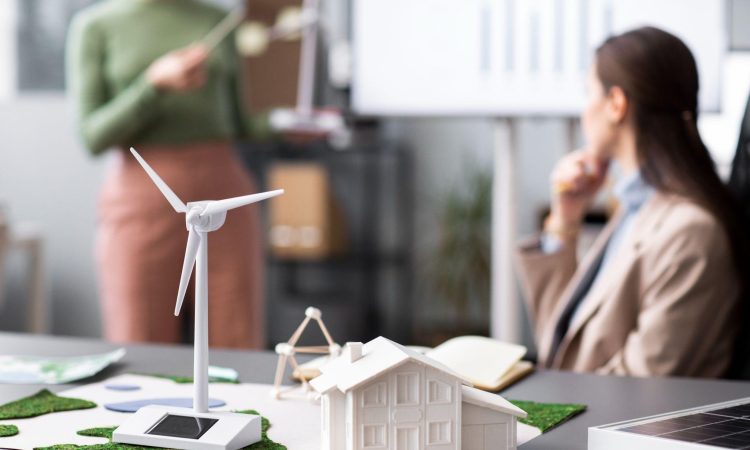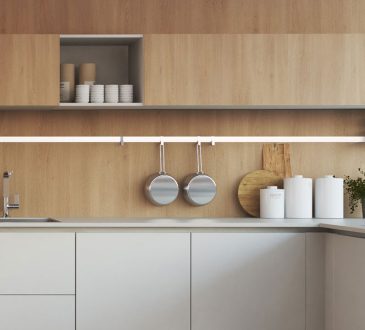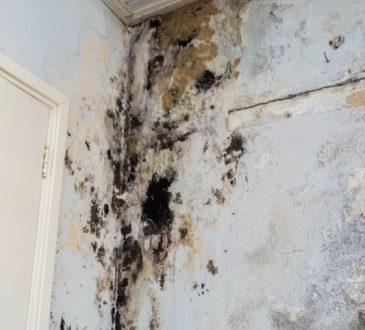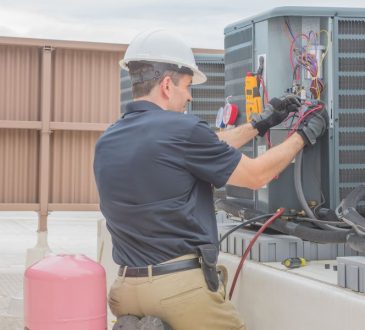
In today’s rapidly evolving world, creating sustainable and eco-friendly homes has become more than just a trend; it’s a necessity. As environmental consciousness grows, so does the demand for homes that not only provide comfort and aesthetics but also minimize environmental impact. By focusing on sustainable building supplies and choosing the right custom residential builder, homeowners can ensure their living spaces contribute positively to the environment.
Embracing Sustainable Building Supplies
The first step towards creating an eco-friendly home is selecting sustainable building supplies. These materials are designed to reduce environmental harm and promote long-term sustainability. For instance, bamboo, reclaimed wood, and recycled metal are excellent alternatives to traditional materials. These resources not only conserve natural habitats but also reduce waste and carbon emissions. Utilizing such building supplies is a straightforward way to make a significant environmental impact.
Incorporating sustainable building supplies doesn’t just benefit the planet; it also enhances the home’s durability and energy efficiency. Materials like insulated concrete forms and low-VOC paints improve indoor air quality and reduce energy costs. By choosing these eco-friendly options, homeowners can enjoy healthier living conditions and lower utility bills. Moreover, the aesthetic appeal of natural and recycled materials can add unique character and warmth to a home.
The Role of a Custom Residential Builder
Selecting a Custom Residential Builder is crucial to realizing the vision of a sustainable home. These professionals possess the expertise to integrate eco-friendly practices into the construction process seamlessly. A skilled custom residential builder can recommend the best sustainable materials and design strategies tailored to the homeowner’s preferences and site conditions. Their experience ensures that every aspect of the home aligns with green building standards.
A custom residential builder also plays a pivotal role in incorporating energy-efficient systems and technologies. From solar panels to geothermal heating, these builders can implement advanced solutions that significantly reduce a home’s carbon footprint. They are adept at navigating the complexities of sustainable design and construction, ensuring that the finished home is both beautiful and environmentally responsible.
Innovative Designs for Sustainable Living
Beyond materials and builders, the design of a home plays a critical role in its sustainability. Thoughtful design can maximize natural light, enhance ventilation, and reduce reliance on artificial heating and cooling. Passive solar design, green roofs, and rainwater harvesting systems are just a few examples of innovative features that can be integrated into a sustainable home. These design elements not only conserve resources but also create a more comfortable and resilient living environment.
Benefits of Sustainable Homes
Investing in a sustainable home offers numerous benefits beyond environmental impact. Homeowners can enjoy lower energy and water bills, healthier indoor environments, and increased property values. Moreover, eco-friendly homes often require less maintenance and have longer lifespans due to the durability of sustainable materials. These advantages make sustainable homes a wise long-term investment, offering financial savings and peace of mind.
Conclusion: Building a Greener Future
Creating sustainable and eco-friendly homes is a collective effort that starts with the right choices in building supplies and the expertise of a custom residential builder. By embracing sustainable materials, innovative designs, and advanced technologies, homeowners can significantly reduce their environmental footprint. The journey towards sustainability may require careful planning and investment, but the rewards—both for the planet and personal well-being—are well worth it. As more people adopt eco-friendly practices in homebuilding, we move closer to a greener, more sustainable future.



